Banjul, The Gambia
February 15th, 2025
Why, you may ask, is this country called “The Gambia” and not simply “Gambia”. This is a good question. I can remember at junior school being concerned about The Hague not just being called Hague. I mean you didn’t say The London, and that is a much bigger city. My teacher didn’t know, so I was put out. She was meant to know everything, and there was no Google to turn to in the early 60s to answer my question if my teacher couldn’t. I was not happy not having a reasonable explanation.
This time I could get out my computer and look it up. The “The” is thanks to the Portugese when they explored this area. They called the river that flows through the country “The Gambia River” and so when the country was named after the river it simply became “The Gambia”. I suppose if it had been decided to name Egypt after the Nile, the country would now be “The Nile”. But they didn’t so that’s not an extra thing to worry about.
As a matter of interest The Hague has been called The Hague since at least 1242. It was called “the Count’s Grove”, in the past, so I suppose the term “The” just stuck as Count’s Grove didn’t sound right.
Anyway, The Gambia is a small country along the Gambia River surrounded by Senegal to the north, east and south, and the Atlantic Ocean on the west.
The first thing I saw this morning was a power generating ship. It sits out in the bay turning diesel to electricity. I was on the balcony when we sailed by it. It is a rather smelly and noisy ship,
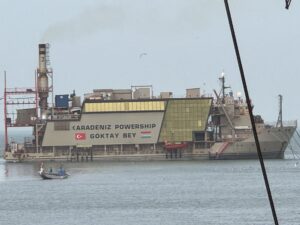
The port itself was another cargo port, not a cruise terminal in sight.
However, where we were docked looked like a movie set of a 1950s movie, or something in Walt Disney World. There were rusty old ships, a rusty old crane, garbage everywhere, and people looking like movie extras milling around.
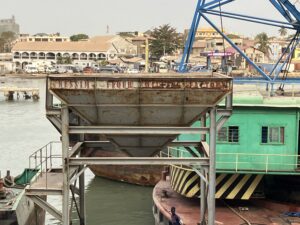
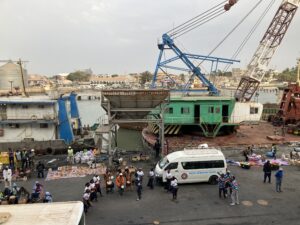
Later it was populated by stalls, looking more like a second hand market place than a tourist market, including one selling tennis shoes right on the edge of the dock. It looked like the piles of shoes would fall into the water at any moment. It was all very strange.


Then of course there were the singers and dancers and inevitable tour buses.
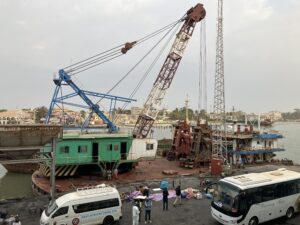
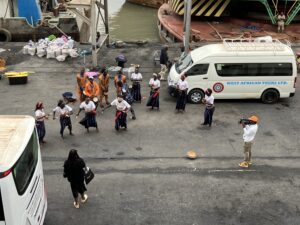
It was a very busy place.
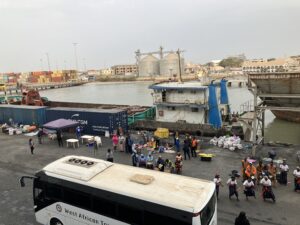
No coaster bus for us today, we climbed on board our air conditioned motor coach and drove along the shores of The Gambia River to Banjul, the capital of the Gambia.
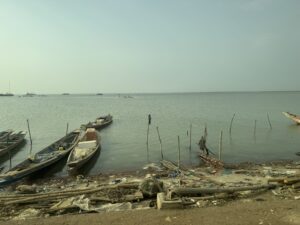
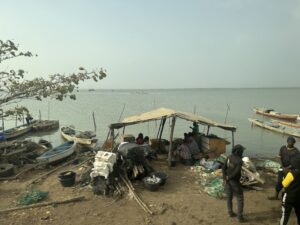
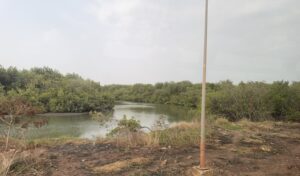
We then drove past the Arch 22, which our guide also called the “Never Again Arch’, but I am not quite sure what we are never againing. I need to look it up.
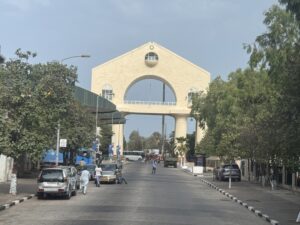
The Gambia gained its independence from Britain on February 18th, 1965, and preparations were underway for a great celebration of the diamond anniversary of the occasion. It sounds like it is going to be a major party. I am sorry we are going to miss it.
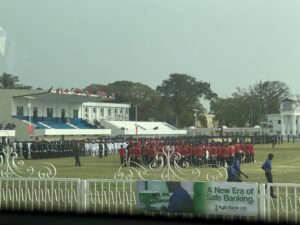
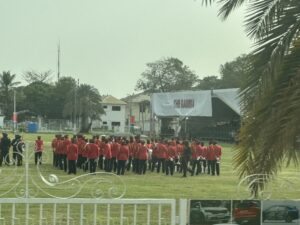
We drove past the Anglican Cathedral
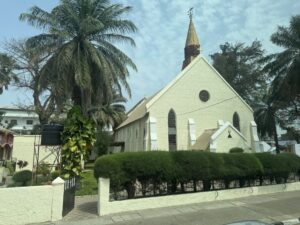
and through town.
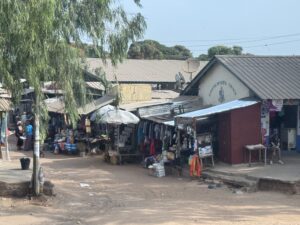
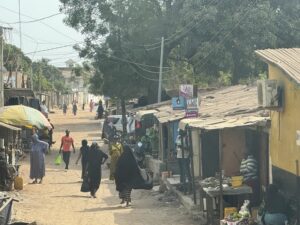
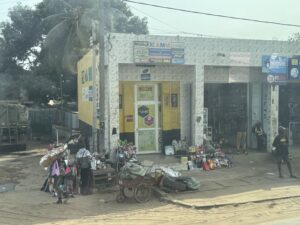
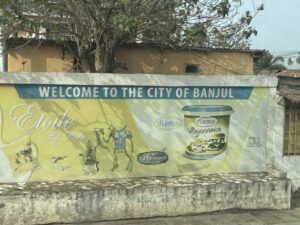
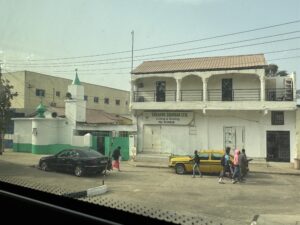
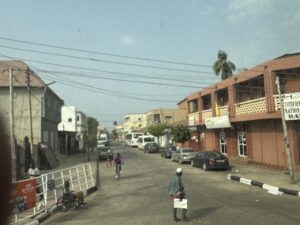
In about 45 minutes we arrived at our destination, the Abuko Nature Reserve.
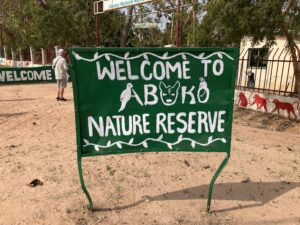
This was similar to the nature reserve we had visited in the Ivory Coast, except this one has pathways rather than highly trafficked waterlogged roads, and the weather was much cooler and less humid.
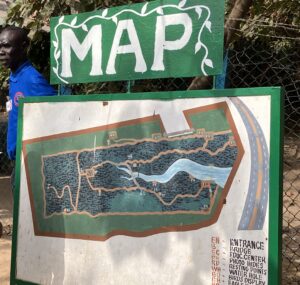
There really wasn’t abundant wildlife, but it felt good to be out and about it the fresh air. However, there was one MAJOR problem.
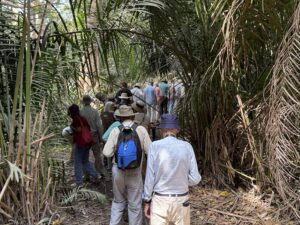
There were about 30 people on the tour and only one functional guide. This meant that if you stopped to take a photo you ended up at the end of the long crocodile of people and couldn’t hear a thing the guide was saying.
So basically, we went on a self-guided tour, and I think we did pretty well with our self-guiding.
We saw several strangler fig trees I had always thought they were fascinating. The strangling is an adaptation for growing in dark forests where the competition for light is intense. These plants are hemiepiphytes, spending the first part of their life without rooting into the ground. Their seeds, often bird-dispersed, germinate in crevices atop other trees. These seedlings grow their roots downward and envelop the host tree while also growing upward to reach into the sunlight zone above the canopy. The original support tree, usually a palm tree in this reserve, often dies so that the strangler fig becomes a “columnar tree” with a hollow central core, and it too will eventually die. However, it is also believed that the strangler fig can help its support tree survive storms. All in all, I think that they are amazing.
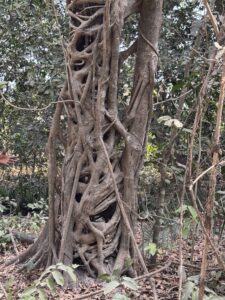
We walked along the narrow pathways, and crossed the marshes on small bridges.
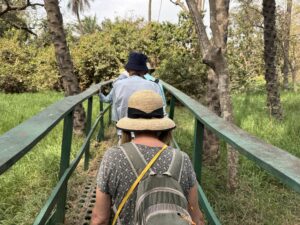
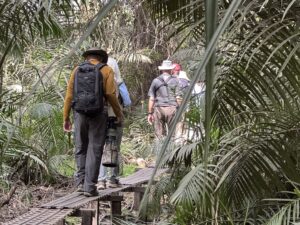
We stopped at the education center, which didn’t have anything educational in reality.
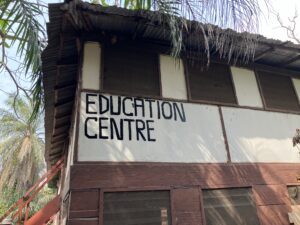
However, it had a viewing deck from which we could look at crocodiles.
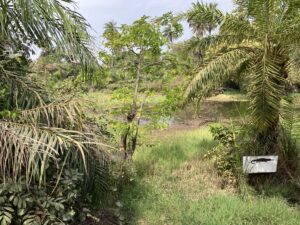
Except there was only one there and it was hidden in the reeds, so I didn’t get to see it.
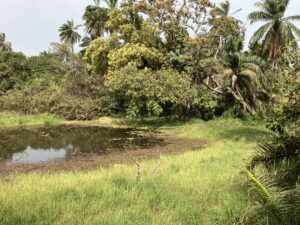
We did get to see water lilies

a rather beautiful dove.
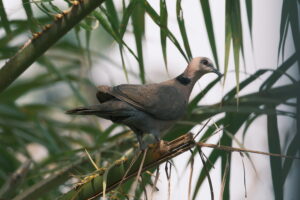
An egret
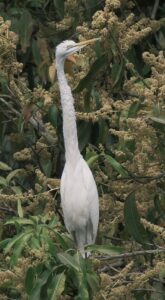
And an African darter.
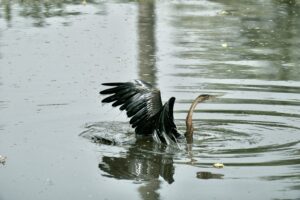
The staircase to the viewing deck was rather rickety and seemed to be unsafe, and the surrounding area didn’t look that great, but it was still good to be in the forest.
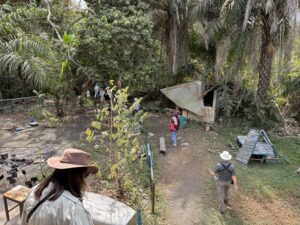
There was a large variety of trees, but the guide had disappeared into the distance so we didn’t get to find out what sort of trees they were.
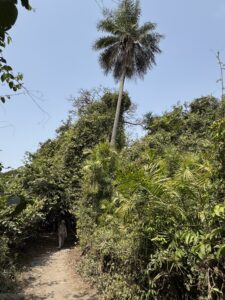
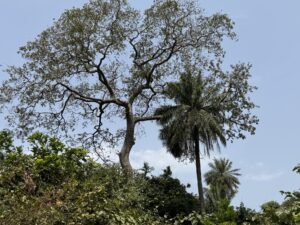
We did get to see some red colobus monkeys. I absolutely love the black and white colobus monkeys which we rarely saw in Kenya, but these are totally new to us. They are very shy, and not easy to photograph!
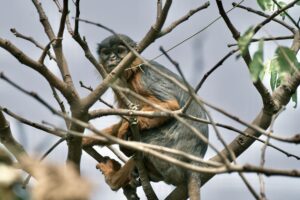
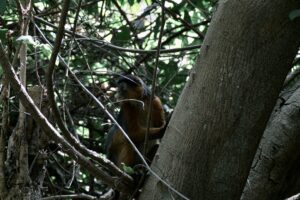
We saw green vervet monkeys hiding in the trees
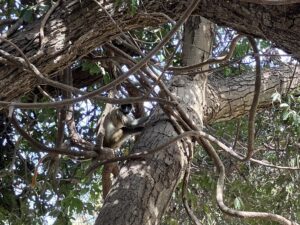
But they were also out in the open, looking for a snack.
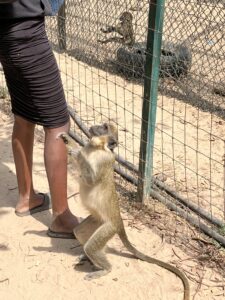
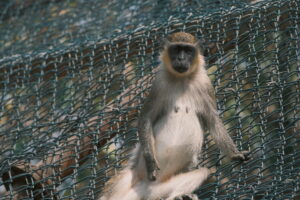
The 3rd kind of monkey in the park are red patas monkeys. We didn’t spot any. They may have been there, but we had lost our guide by then, so we missed them.
The most common birds were the vultures, which seemed to be everywhere!
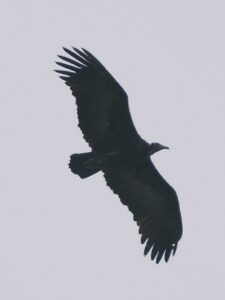
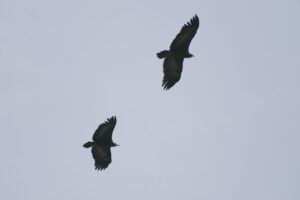
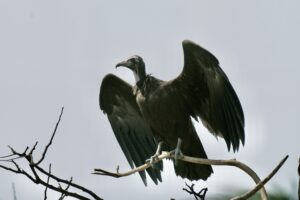

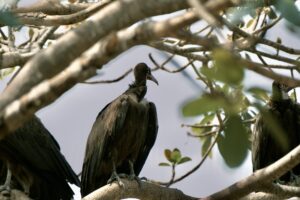
We did finally get to see a baby crocodile in a pen.
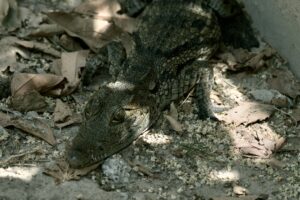
They had several other animals in cages, part of their rehabilitation efforts.
Halfway through the tour we stopped for a drink and a bathroom break. Apparently, the bathrooms are to be avoided.
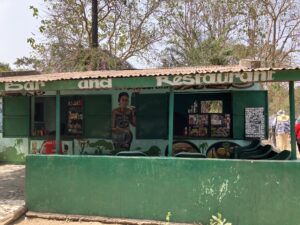
We were back on the ship in time for a wonderful ABBA sail away. Caviar, champagne, ABBA and dancing make for an amazing combination.
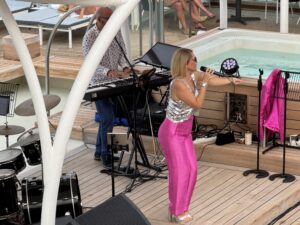
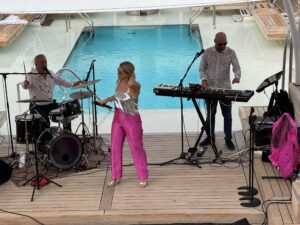
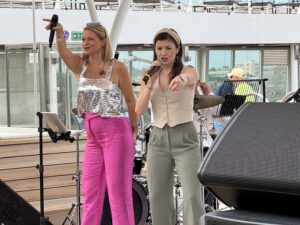
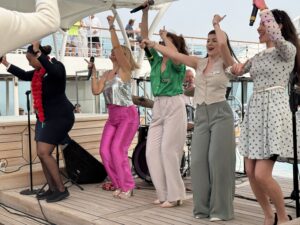
Harry was helping to serve the caviar
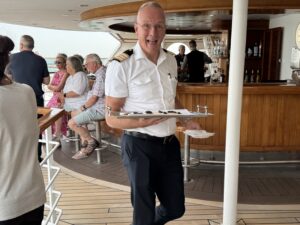
I had the best time. Especially as the captain blew the whistle again and again. There we were in a conga line going around the pool listening to the music and the whistle. Total bliss. I never want to get off this ship.
After the party I watched a very crowded ferry set off
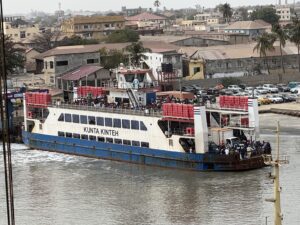
and watched them dismantling the displays on the quayside.
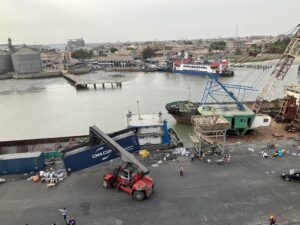
With Dalton having left the Seabourn 6 we were left with the Seabourn 5, so Nick stepped in for tonights production of Silver Screen, and di a fabulous job. Way to go Nick! I loved the show, they are a really talented group 🙂


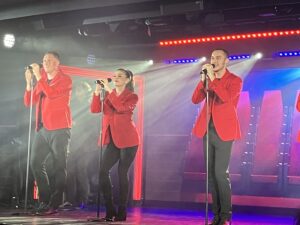
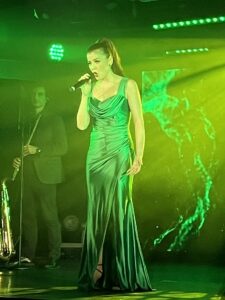

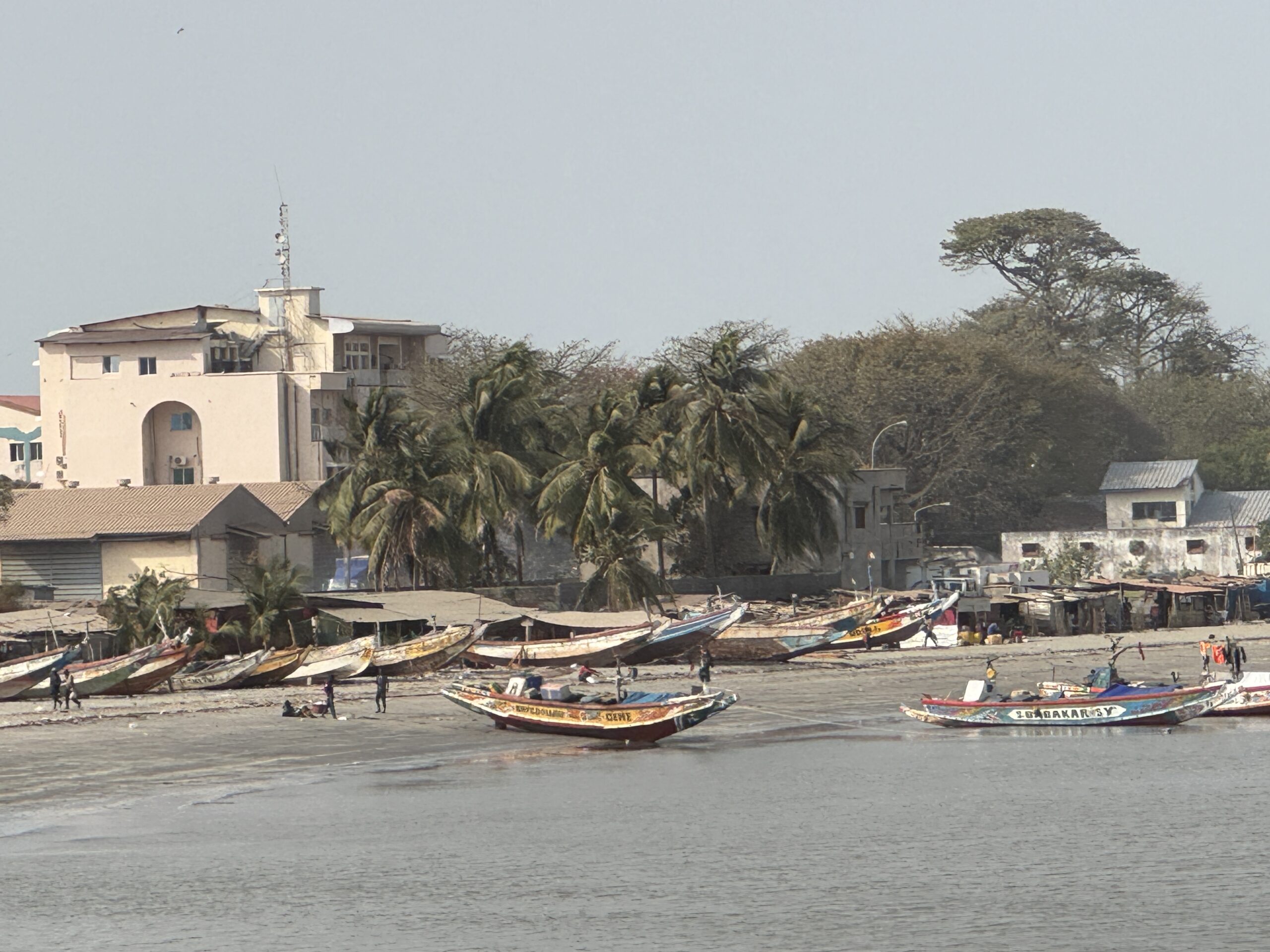
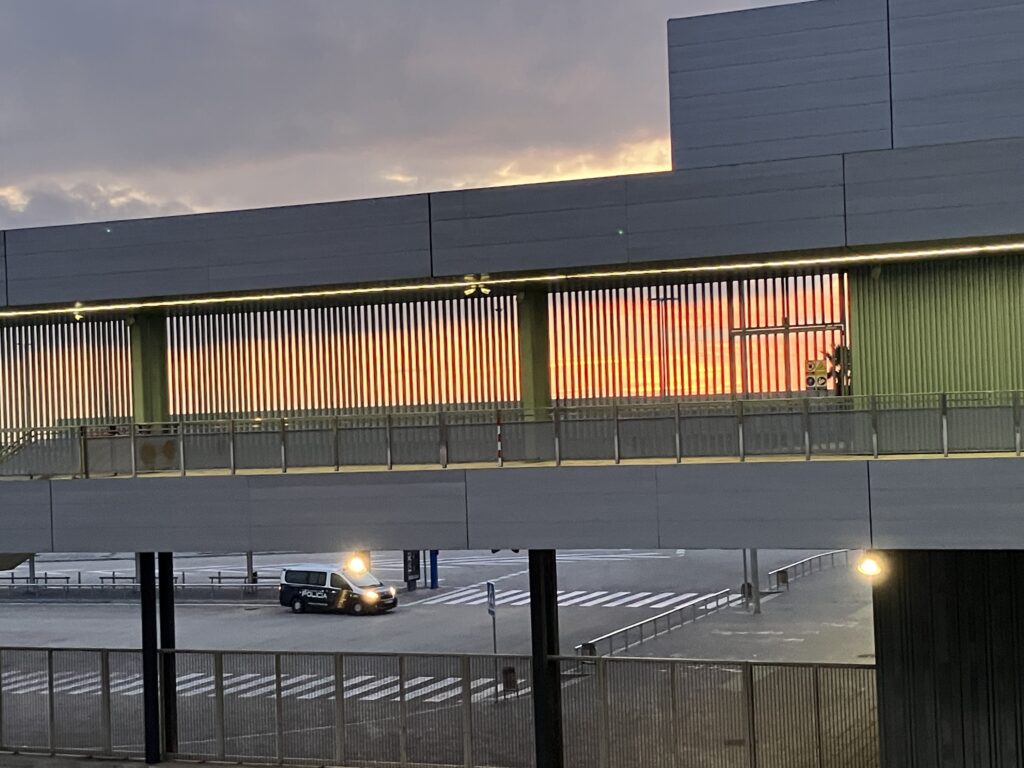

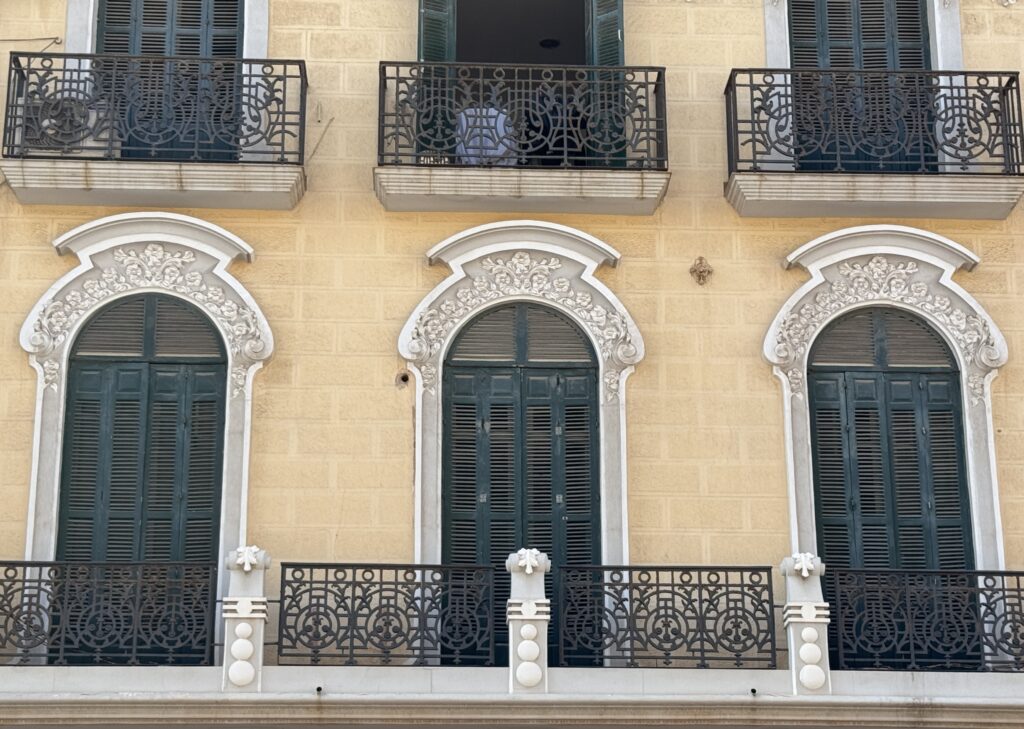
0 Comments